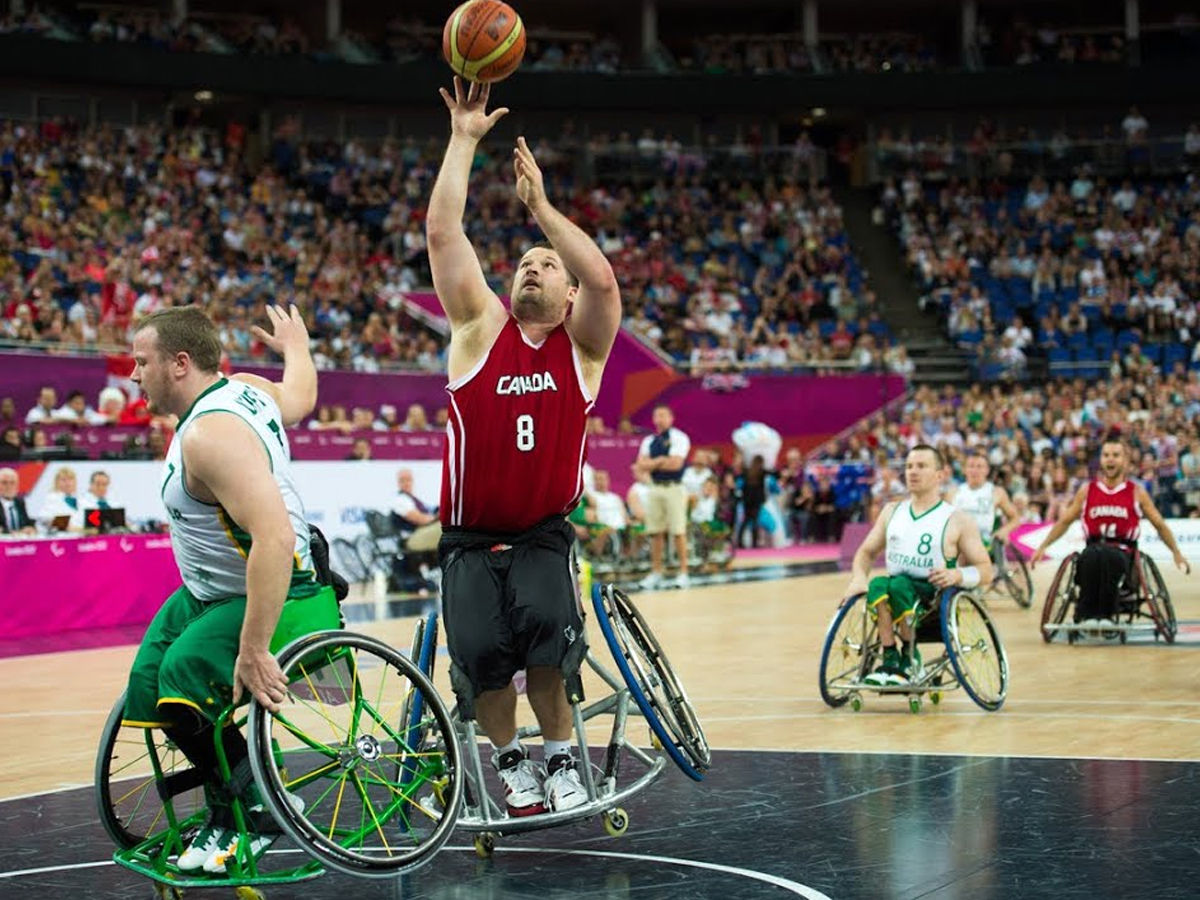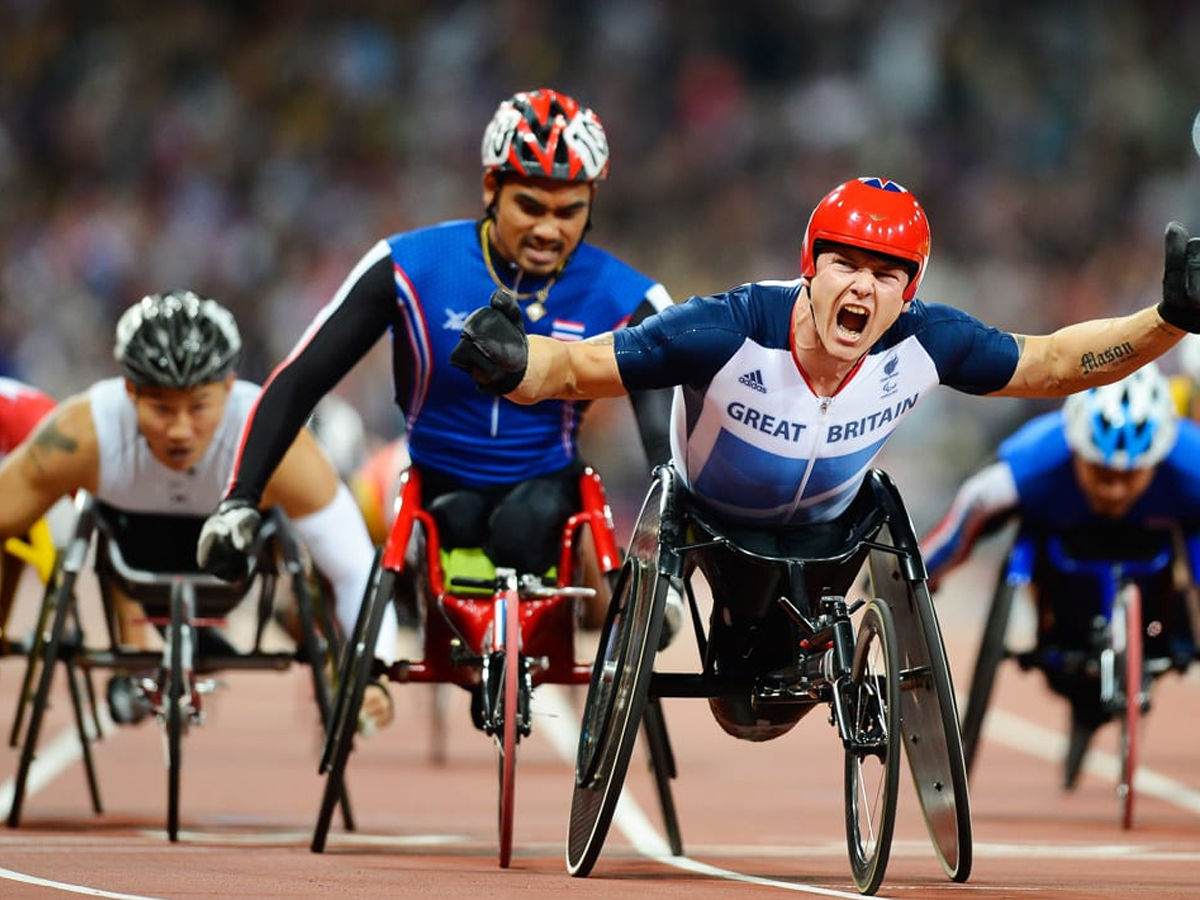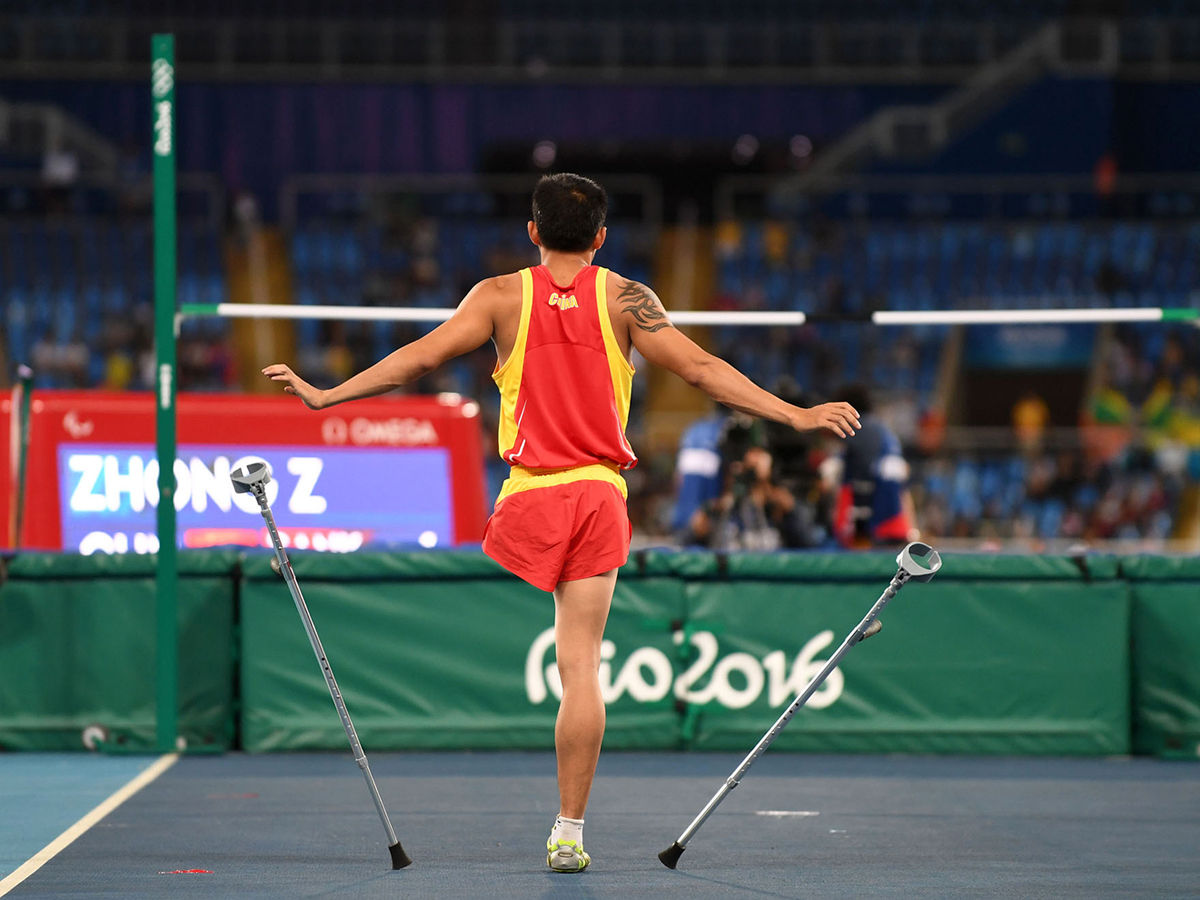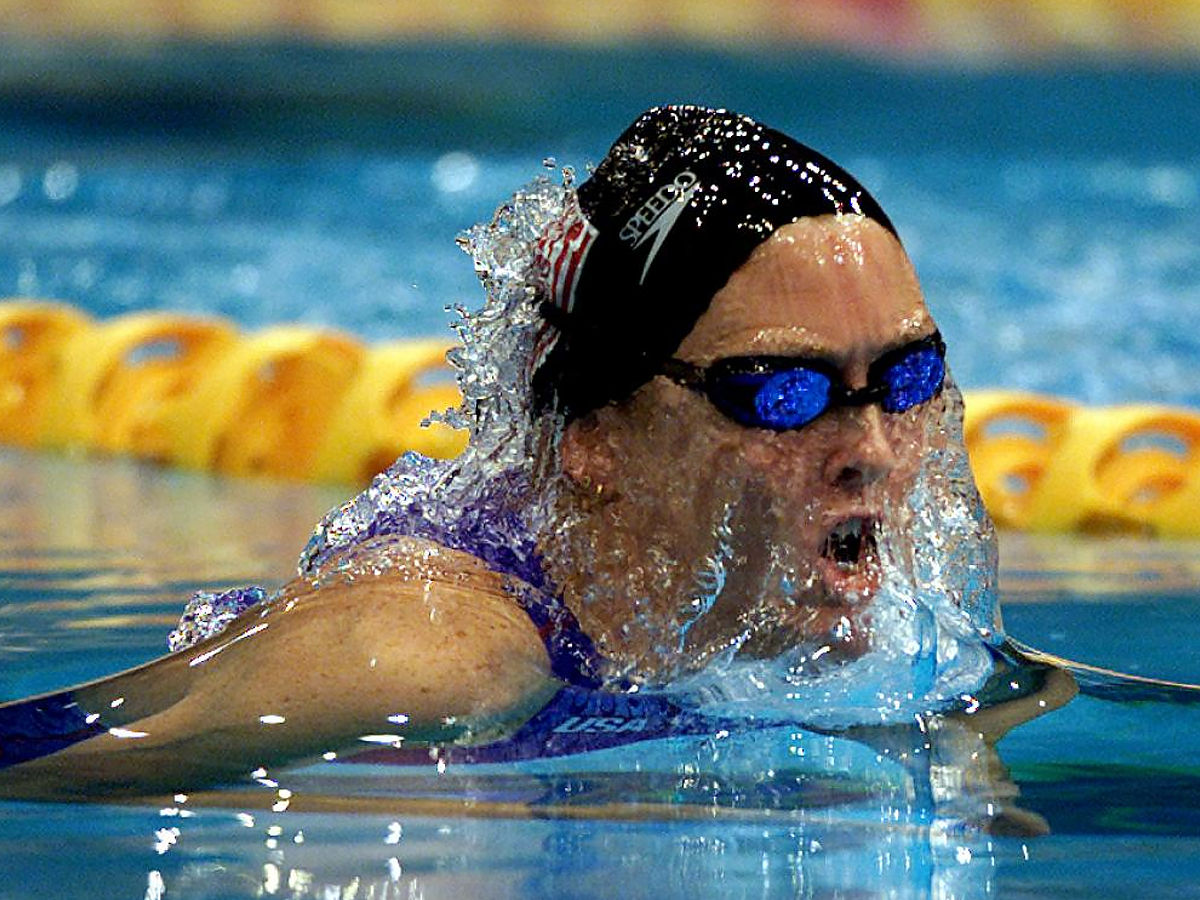In 1948, in Stoke Mandeville, England, Sir Ludwig Guttmann organized a sporting tournament for World War II veterans with a spinal cord-related disability. Competitors from Holland entered the Games four years later, and the world movement was born, today is known as the Paralympic Movement.
In 1960, for the first time in Rome, Olympic-style games for disabled athletes were held. Other disability classes were introduced to Toronto in 1976, and the idea of merging various disability groups together for international sports events was born. The first Paralympic Winter Games took place in Sweden in the same year.
The Paralympic Games are held in conjunction with the Olympics, although athletes with developmental disabilities are participating in the IOC-recognized Special Olympics World Games, and the Deaflympics feature deaf athletes. There are many categories in which competitors participate, considering the wide number of disabilities that Paralympic athletes have. Permitted disabilities are broken down into ten kinds of qualifying disabilities. The types are muscle strength deficient, passive range of motion impaired, limb weakness, the disparity in leg length, short stature, hypertonia, ataxia, lack of vision, and intellectual impairment. These classifications are further classified into classifications that range from sport to sport.
Relationship with the Olympics

An agreement was reached in 2001 between the International Olympic Committee ( IOC) and the International Paralympic Committee (IPC) to ensure that the host cities were contracted to handle both the Olympic and Paralympic Games. Originally agreed to be in place until the 2012 Summer Olympics, this has since been extended, now including all Summer and Winter Sports up until the 2020 Summer Olympics. And beyond this, pairs of Olympic and Paralympic Games are being planned by all officially confirmed Summer and Winter host cities. This was also confirmed when the IOC and the IPC decided on 10 March 2018 to extend the deal further to the 2032 Summer Olympics.
Paralympians at the Olympics

At the Olympics, Paralympic athletes have found equal chances to participate. The pattern was set by a New Zealand Paralympic archer, Neroli Fairhall, who competed in Los Angeles at the 1984 Olympics. In 2008, a South African sprinter named Oscar Pistorius tried to compete for the 2008 Olympics. Pistorius had amputated all his legs under the knee, ran the races with two blades of carbon fibre. In the 400-metre event, he set the Paralympic world record. In the 400-meter run, Pistorius missed qualification for the 2008 Summer Olympics by 0.70 seconds. He qualified for the 2008 Summer Paralympics, where he won the 100, 200, and 400-metre sprints with gold medals. Pistorius qualified for the 2012 Summer Olympics in 2011 and competed in two events: he reached the semi-final in the 400 metres sprint; and in the final of the 4×400 metres relay race, his team finished 8th. While all athletes are given equal chances, such as the 400-metre run, to compete in these competitions, there has been increasing concern that the games might not be fair to all athletes.
Media coverage

The Olympic Games have seen an unprecedented increase in worldwide media attention, the Paralympics have been unable to sustain a strong international media presence. Paralympic Games television broadcasting began in 1976, but this early coverage was limited to releases to a country or area that were taped-delayed. There were 45 hours of live coverage during the 1992 Summer Paralympics, but it was available only in Europe. Some nations, after the Tournaments, broadcast highlight packages. Before the 2000 Summer Paralympics in Sydney, no major changes in coverage existed. For the Paralympic Games, the 2000 Paralympics represented a major rise in worldwide media attention. An agreement was reached to broadcast the Games globally between the Sydney Paralympic Organizing Committee (SPOC) and All Television Sports (AMS). To distribute access to as many markets as possible, agreements were signed with Asian, South American, and European broadcasting firms. For the first time, the Games were webcast as well. The Sydney Paralympics entered a worldwide audience estimated at 300 million people because of these efforts.
Achievements

The most decorated Paralympian in history is Trischa Zorn of the United States. In the blind swimming competitions, she competed and won a total of 55 medals, 41 of which were gold. From 1980 to 2004, her Paralympic career spanned 24 years. She was also an alternate on the American swim team at the 1980 Olympics, but due to a boycott by the United States and some of its allies, she did not go to the Olympics. Norway’s Ragnhild Myklebust holds the record at the Winter Paralympic Games for the most medals ever won. Competing between 1988 and 2002 in a number of events, she won a total of 22 medals, of which 17 were gold. She retired at the age of 58 after winning five gold medals at the 2002 Games. The first paraplegic athlete and the first Paralympian to participate in the Olympic Games was Neroli Fairhall, a paraplegic archer from New Zealand when she competed in the 1984 Summer Olympics in Los Angeles. In the Olympic archery competition, she finished 34th and received a Paralympic gold medal.




























